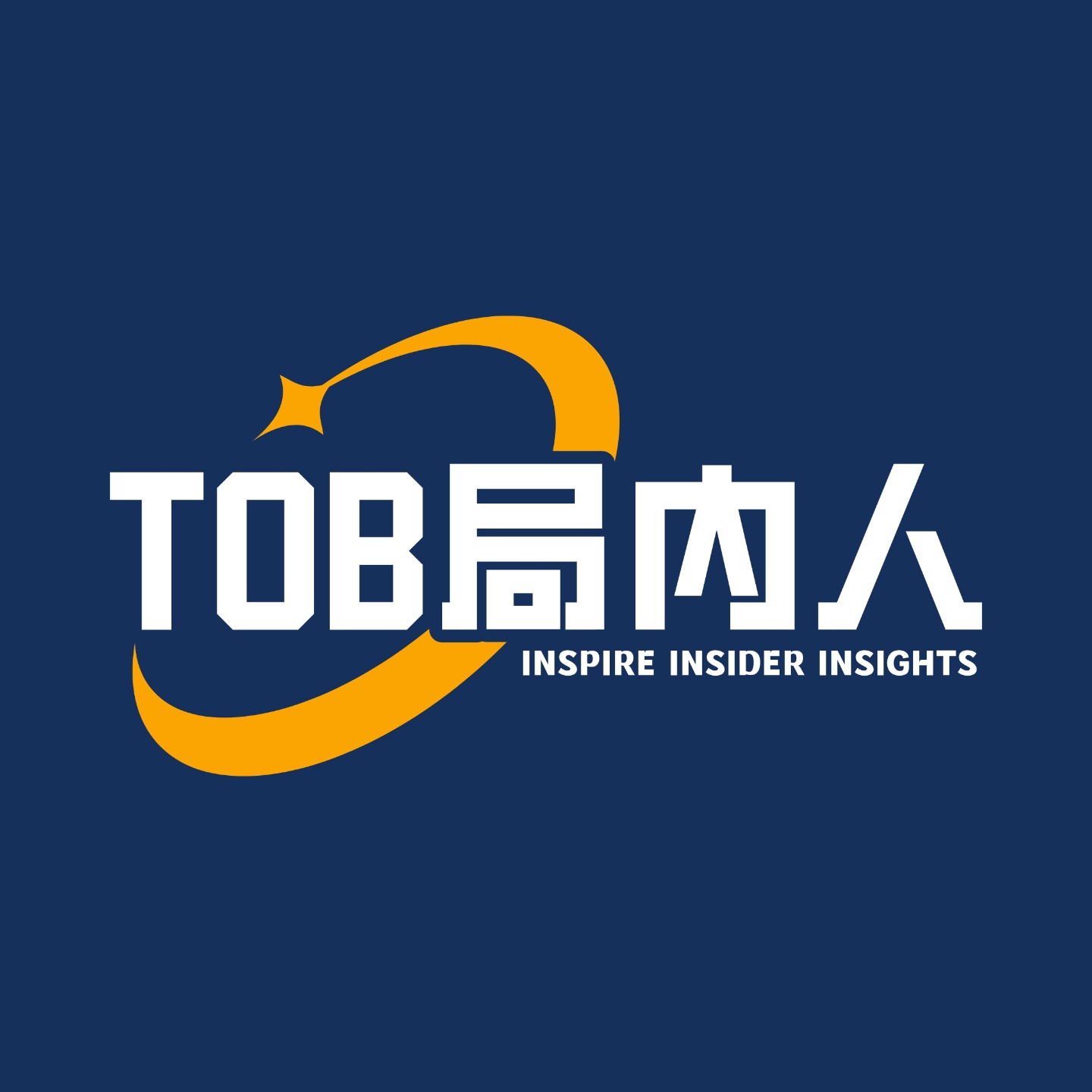
Deep Dive
Why do people generally dislike being sold to or dealing with salespeople?
People dislike being sold to due to a lack of trust, as salespeople are often perceived as profit-driven rather than genuinely concerned about customer needs. High-pressure sales tactics, such as creating urgency or offering limited-time discounts, also cause discomfort. Additionally, salespeople often fail to address individual customer needs, and there is a deep-rooted negative stereotype of salespeople in society. Information asymmetry between the customer and the salesperson further exacerbates the issue.
What are the key differences between the 'doctor' and 'salesperson' marketing models?
The 'doctor' model focuses on diagnosing the customer's problem and providing tailored solutions, which is time-consuming and costly but builds trust and long-term relationships. The 'salesperson' model, on the other hand, is faster and more scalable, focusing on promoting the product's features and benefits. However, it often lacks personalization and can lead to customer resistance due to its pushy nature.
What is the 'need-root-solution-damage' framework in policy debate, and how does it apply to marketing?
The 'need-root-solution-damage' framework is a structured approach to problem-solving. 'Need' identifies whether there is a significant problem requiring action. 'Root' explores the underlying cause of the problem. 'Solution' proposes a remedy, and 'Damage' evaluates the pros and cons of the solution. In marketing, this framework helps in understanding customer pain points, identifying root causes, offering tailored solutions, and assessing the feasibility and impact of those solutions.
Why do companies still rely on the salesperson model despite its drawbacks?
Companies often use the salesperson model because it is quicker and easier to implement, especially when there is limited time or resources to deeply understand customer needs. Additionally, sales teams face KPI pressures, forcing them to prioritize quick sales over personalized solutions. Many organizations also lack a strong focus on customer experience, leading to a preference for the more straightforward salesperson approach.
What are the advantages and disadvantages of the 'doctor' marketing model?
The 'doctor' model's advantages include building trust through personalized solutions and fostering long-term customer relationships. However, it is time-consuming, costly, and requires significant effort to diagnose and address customer needs. It also risks creating a hierarchical 'doctor-patient' relationship, where the customer may feel pressured or uncomfortable.
How should businesses choose between the 'doctor' and 'salesperson' models?
The choice depends on the clarity of the customer's needs and the alignment between the product and those needs. If the customer's needs are clear and the product matches well, the salesperson model is effective. If the customer's needs are unclear or the product requires customization, the doctor model is more suitable. In some cases, a hybrid approach combining both models may be necessary, especially in complex industries like AI or enterprise software.
- 人們普遍不喜歡被推銷
- 不喜歡的原因:缺乏信任、高壓銷售、缺乏個性化、負面刻板印象、信息不對稱
Shownotes Transcript
🩺医生 vs 💊推销员,该为产品选择哪种营销方式呢?医生模式就一定好吗?推销员就一定是不好的营销方式吗?
当前来看,人们普遍不喜欢被推销甚至是不喜欢推销员了!(可怜.jpg)对比之下,推销员的营销体验似乎是没有之前我们提前到海棉说 | 是不是所有的B端客户都需要解决方案?)那种类似寻医问诊的医生的营销体验好。
面对这个问题,本期海棉从彼此被推销的痛楚聊到奇葩说里的辩论方法,进而讨论了不同类型的ToB业务来看,是该选择医生模式还是推销员模式?以及对比了医生模式与推销员模式的各自优劣区分。又是一期有趣有料的内容enjoy it
【主播👨🏻/👩🏻】大海/ 棉花
【提要📒】
04:47 人们对推销的态度及其原因
- 缺乏信任:推销员通常被认为是利益导向的,客户觉得推销员更关心销售提成而非客户的需求
- 高压销售策略:推销员常用的高压销售策略(如紧迫感、限时优惠等)会让客户感到压力和不适
- 缺乏个性化:许多推销员在销售过程中缺乏对客户个性化需求的关注
- 负面刻板印象:推销员的负面刻板印象在社会上根深蒂固
- 信息不对称:客户和推销员之间的信息不对称是另一重要原因
09:17 提及下ToB行业中也存在推销员逻辑
- 大宗商品:在大宗商品交易(如石油、天然气、矿产等)中,推销逻辑仍然存在
- 制造业:在制造业中,销售人员需要推销复杂的设备和解决方案
- 金融服务:如企业贷款、金融咨询、投资管理等领域,推销逻辑也非常普遍
12:23 本质上都是为了去说服客户,让他做我们想让他做的事情
- 推销员的体验就没有之前提前到那类解决方案销售那种双方对确定的问题进行共识答案,这样的过程来的体验好
- 不论是什么模式,核心是说服客户做你想让他做的事情
- 说的说服,那就不得不提及辩论了!
14:03 介绍政策辩论里的思维方法【需根解损】
- 需:有没有问题,困扰需要采取一个新的行动或者对策(这个问题需要足够得痛)
- 根:这个麻烦问题,根源到底是什么?
- 解:提出解决方案,这个解决方案能多大程度上解决我们现在的问题?
- 损:描述损益比。这个方案的好处是什么,坏处是什么?
35:35 为什么大家还是会喜欢用或者说下意识得就会去用推销员的营销方式呢?
- 对于客户需求等上下文,没有办法去了解那么深
- 有KPI的压力,所以不得不这样做
- 大面来看,业务管理人员和执行人员对客户体验的关注不够
- 对客户的需求和根因我判断不了,也没有信息提供,我怎么做医生?
39:19 🩺医生 VS 💊推销员的优势与劣势
- 举例-医生模式的劣势是耗时就会长一些、成本也高一些
- 举例-推销员模式的优势是有利于现在组织内部的销售渠道的快速学习、比较快速推广
- 推销员逻辑本身不一定是有问题的。就我们辩证来看,这可能是执行上面出了问题
- 医生逻辑的隐患是与客户的关系已经不再是那种合作关系,而是医患关系,这就很危险!
48:32 不同类型的tob业务,该如何选择是医生模式还是推销员模式呢?
- 客户对自身需求的清晰度、产品与需求的匹配度两维度来构建四象限
- 如第三象限,就需要用医生模式+推销员模式的混合模式,场景如生成式AI在企业场景里的应用
- 最后🩺医生 VS 💊推销员变成了🩺医生 VS 💊医药代表
【后期✂️】小铁
【音乐🎵】
- 片头:speed of light- Jazz Funk Sou
- 垫乐:Bossa nova
- 片尾:James Brown 《Try Me》
【往期️🚀】
局部有语 | 对话客户体验专家 龙国富:离开业务目标谈客户体验提升,就是自我感动!)
大咖返场!Jonathan:B端销售不会送礼物也一定做不好业务!)
销售实践 | 从月入千元到年薪百万:大咖级Sales Jonathan的进阶之路)
【收听👂🏻】
❤️如果你喜欢「TOB局内人」,请给我们三连:点赞、留言、转发。
👉加入听友群&嘉宾自荐,请联系vx:Tracy25200 (备注:TOB+公司)

